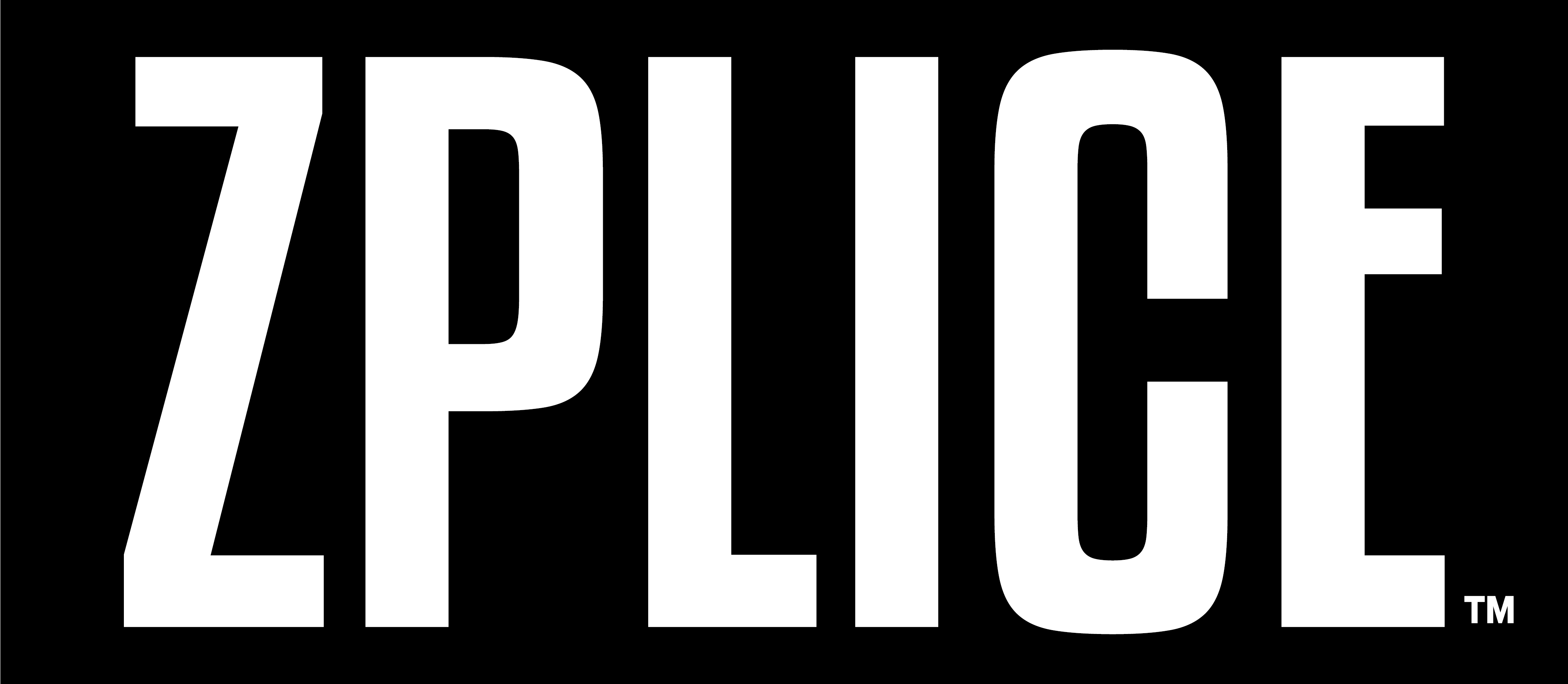Is MrBeast’s annual $82 million per year too much?
In a stunning transformation of the digital landscape, YouTube creators are raking in unprecedented millions in 2024, leaving traditional media moguls in the dust. This seismic shift is reshaping not just content creation, but the entire entertainment industry.
But the gold rush isn’t just for established stars. Our analysis uncovers how even newcomers with modest followings are cashing in six-figure paydays through smart monetization strategies. The barriers to entry have never been lower, but the competition has never been fiercer.
And it’s not just individual creators making waves. Big brands are jumping on the bandwagon too, with some seriously impressive results. Take Chipotle, for example. They’ve become the most followed food brand on TikTok, with a whopping 1.4 million followers. How’d they do it? By tapping into the platform’s viral potential with challenges like #ChipotleLidFlip.
This challenge was inspired by a real Chipotle employee known for their burrito bowl assembly skills. It encouraged users to flip their Chipotle bowl lids and add their own creative spin. The result? Over 110,000 videos created in just six days, generating a mind-boggling 318 million views. Talk about brand awareness!
But it’s not just fast food chains getting in on the action. Luxury brands are making their mark too. Gucci, for instance, has racked up 3.9 million TikTok followers by embracing the platform’s authenticity. They’ve launched campaigns like #Guccichime, which advocates for gender equality and features celebrities sharing what they “chime for” – basically, what they believe in. It’s a brilliant way to connect with younger audiences on a more personal level while still maintaining that luxury brand image.
These examples show that whether you’re an individual creator or a major brand, there’s serious money to be made in the digital video space. The key is understanding your audience, staying on top of trends, and not being afraid to get a little creative.
The Evolution of Video Consumption
Remember when TV was the only way to watch videos? Those days are long gone. Now, platforms like YouTube, Instagram, TikTok, and Facebook rule. According to a [Pew Research Center study](https://www.pewresearch.org/internet/fact-sheet/social-media/), a whopping 81% of Americans aged 18-29 use YouTube. That makes it the top platform for young adults.
This shift happened because everyone has high-speed internet and smartphones now. People watch videos everywhere—on the bus, in line at the coffee shop, or even during breaks at work. Platforms have adapted by focusing on short-form content, perfect for our shorter attention spans.
Platform Breakdown: Costs and Revenue Structures
YouTube
YouTube is still the go-to for video creators. They pay creators 55% of ad revenue. According to [YouTube’s AdSense](https://support.google.com/youtube/answer/9314353?hl=en), the average CPM (cost per thousand impressions) ranges from $0.25 to $4.00. But that’s not all—creators can also make money through the YouTube Partner Program, Super Chat, channel memberships, and merchandise sales. As YouTube star Marques Brownlee (MKBHD) says, “The key is diversifying your income streams. Relying solely on ad revenue isn’t enough if you want to build a sustainable career.”
Instagram’s IGTV and Reels are hot right now. They offer a 55% revenue share for ads, just like YouTube. But the real money is in branded content. Influencers can charge between $100 to $2,085 per post, depending on their engagement rates and follower count. As influencer marketing expert Neal Schaffer puts it, “Brands are looking for authentic voices, and micro-influencers often provide better engagement rates than those with massive followings.”
TikTok
TikTok is all about those short, viral videos. The TikTok Creator Fund pays creators based on views and engagement, though the payout is pretty low—about $0.02 to $0.04 per 1,000 views. The real cash comes from brand partnerships and sponsored content. [Influencer Marketing Hub](https://influencermarketinghub.com/how-much-does-tiktok-pay/) notes that top TikTok influencers can earn between $200 to $20,000 per branded video. TikTok star Addison Rae shares, “Consistency and creativity are key. You have to keep your audience engaged and always be on top of trends.”
Facebook Watch and in-stream ads offer another way to make money. Facebook gives creators a 55% share of ad revenue. Plus, there are fan subscriptions and Stars (a virtual tipping system). According to [TechCrunch](https://techcrunch.com/2020/08/12/facebook-ad-revenue/), creators with a big following can make a decent income through ads, subscriptions, and fan donations.
Other Platforms
Don’t forget about Twitch, Snapchat, and Patreon. Twitch streamers can earn through subscriptions, ads, and Bits (virtual tips). Snapchat’s Spotlight offers prize money for viral content, while Patreon lets creators earn steady income through membership subscriptions. Twitch streamer DrLupo advises, “Engage with your audience. Building a community is just as important as the content you produce.”
How to Monetize: Tips for Creators
Ad Revenue
Ad revenue is a staple for video creators. Knowing the CPM rates for different platforms is key. YouTube might have higher ad revenue potential, but TikTok’s algorithm can help you go viral and land big brand deals.
Brand Partnerships and Sponsored Content
Partnering with brands can be super profitable. Influencers on Instagram and TikTok often make more from brand deals than from ads. According to [Influencer Marketing Hub](https://influencermarketinghub.com/influencer-rates/), micro-influencers (10,000 to 50,000 followers) can charge $100 to $500 per sponsored post, while mega-influencers (1 million+ followers) can charge over $10,000 per post.
Merchandise and Product Sales
Selling merch is another great way to make money. Platforms like YouTube and Instagram make it easy to sell products directly. Services like Teespring, Merchbar, and Shopify can help you design and sell your own merch.
Fan Support and Subscriptions
Fan support through platforms like Patreon, YouTube memberships, and Twitch subscriptions can provide steady income. This model lets creators offer exclusive content and perks to their biggest fans. For example, if you have 1,000 patrons each paying $5 a month, you could make $5,000 a month.
Live Streaming and Virtual Gifts
Live streaming is another way to engage with fans and make money. Platforms like YouTube, Instagram, Facebook, and TikTok let fans send virtual gifts that you can cash out. Twitch streamers earn through subscriptions, ads, and Bits, creating a diversified income stream.
Case Studies: Real Success Stories
Emma Chamberlain
Emma Chamberlain started her YouTube channel in 2017 and quickly gained a huge following with her relatable and quirky content. She makes money through ad revenue, brand deals with companies like Louis Vuitton and Calvin Klein, and her own coffee company, Chamberlain Coffee. According to [Celebrity Net Worth](https://www.celebritynetworth.com/richest-celebrities/youtubers/emma-chamberlain-net-worth/), she’s worth around $12 million.
Addison Rae
Addison Rae is one of TikTok’s biggest stars, with over 80 million followers. She makes money from the TikTok Creator Fund, brand deals with companies like American Eagle and Reebok, and her makeup line, Item Beauty. [Forbes](https://www.forbes.com/profile/addison-rae-easterling/?sh=394394cd5f5b) reported that she earned $5 million in 2020.
Markiplier
Markiplier is a top YouTube gamer who earns through ad revenue, sponsorships, merchandise sales, and his podcast. His channel has over 29 million subscribers, and [Celebrity Net Worth](https://www.celebritynetworth.com/richest-celebrities/richest-comedians/markiplier-net-worth/) estimates his net worth at $35 million.
Tools and Software for Creators
Video Editing Software
Creating high-quality videos requires good editing tools. Adobe Premiere Pro, Final Cut Pro, and DaVinci Resolve are popular choices among pros. They offer features like multi-camera editing, color correction, and special effects.
Graphic Design and Animation
Great thumbnails and animations can make your videos stand out. Tools like Adobe Photoshop, Canva, and After Effects are essential for graphic design and animation. They help you create eye-catching content.
Analytics and SEO
Knowing your audience and optimizing your content is crucial. Tools like TubeBuddy and VidIQ provide insights into video performance, keyword optimization, and competitor analysis. These tools help you fine-tune your content strategy.
Live Streaming Equipment
For live streaming, you need the right gear. High-quality webcams like the [Logitech StreamCam](https://www.amazon.com/Logitech-StreamCam-Livestreaming-Content-Creation/dp/B084B1HYS7/), microphones like the [Blue Yeti](https://www.amazon.com/Blue-Yeti-USB-Microphone-Blackout/dp/B00N1YPXW2/), and streaming software like OBS Studio are must-haves. Platforms like Streamlabs offer tools for donations, alerts, and overlays.
Social Media Management
Managing multiple social media accounts can be a hassle. Tools like Hootsuite, Buffer, and Later let you schedule posts, track engagement, and manage interactions from one dashboard.
Tech Trends Shaping the Future
Augmented Reality (AR) and Virtual Reality (VR)
AR and VR are changing how we create and watch videos. Instagram and Snapchat have AR filters, making videos more interactive. VR offers immersive experiences, which are popular in gaming and entertainment.
AI and Machine Learning
AI is making content creation and discovery easier. YouTube’s recommendation algorithm, for example, uses machine learning to suggest videos. AI tools like Lumen5 and Magisto automate video editing, helping you create high-quality content faster.
5G Technology
5G networks promise faster internet speeds and lower latency, improving video streaming. This technology will let creators stream high-resolution videos in real-time, boosting engagement and interaction.
The digital video content ecosystem offers endless opportunities for aspiring creators. By understanding how video consumption has evolved, navigating the costs and revenues of different platforms, and using the right tools and strategies, you can build a successful and sustainable career. As technology continues to evolve, staying informed and adaptable will be key to your success. So, get out there and start creating—your audience is waiting!





